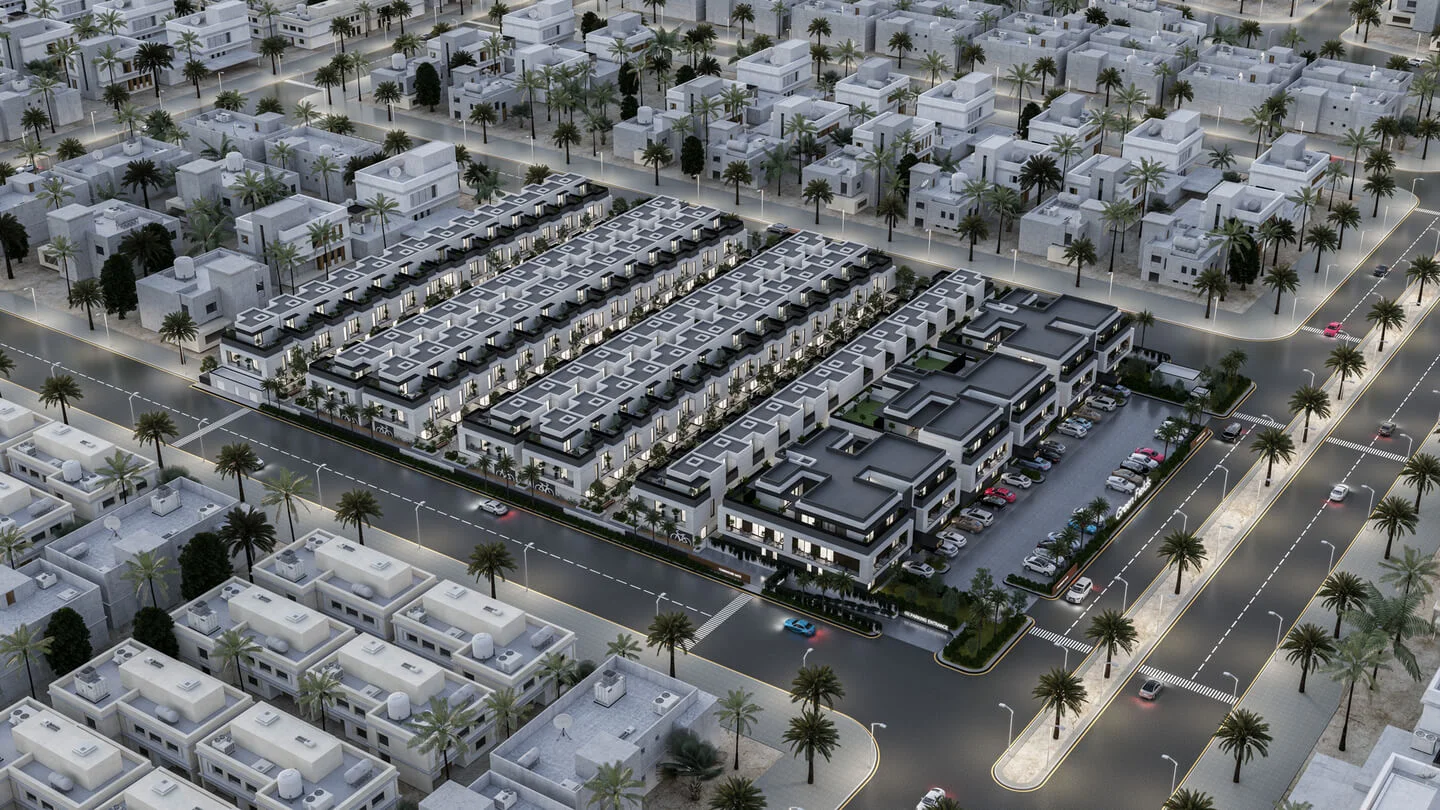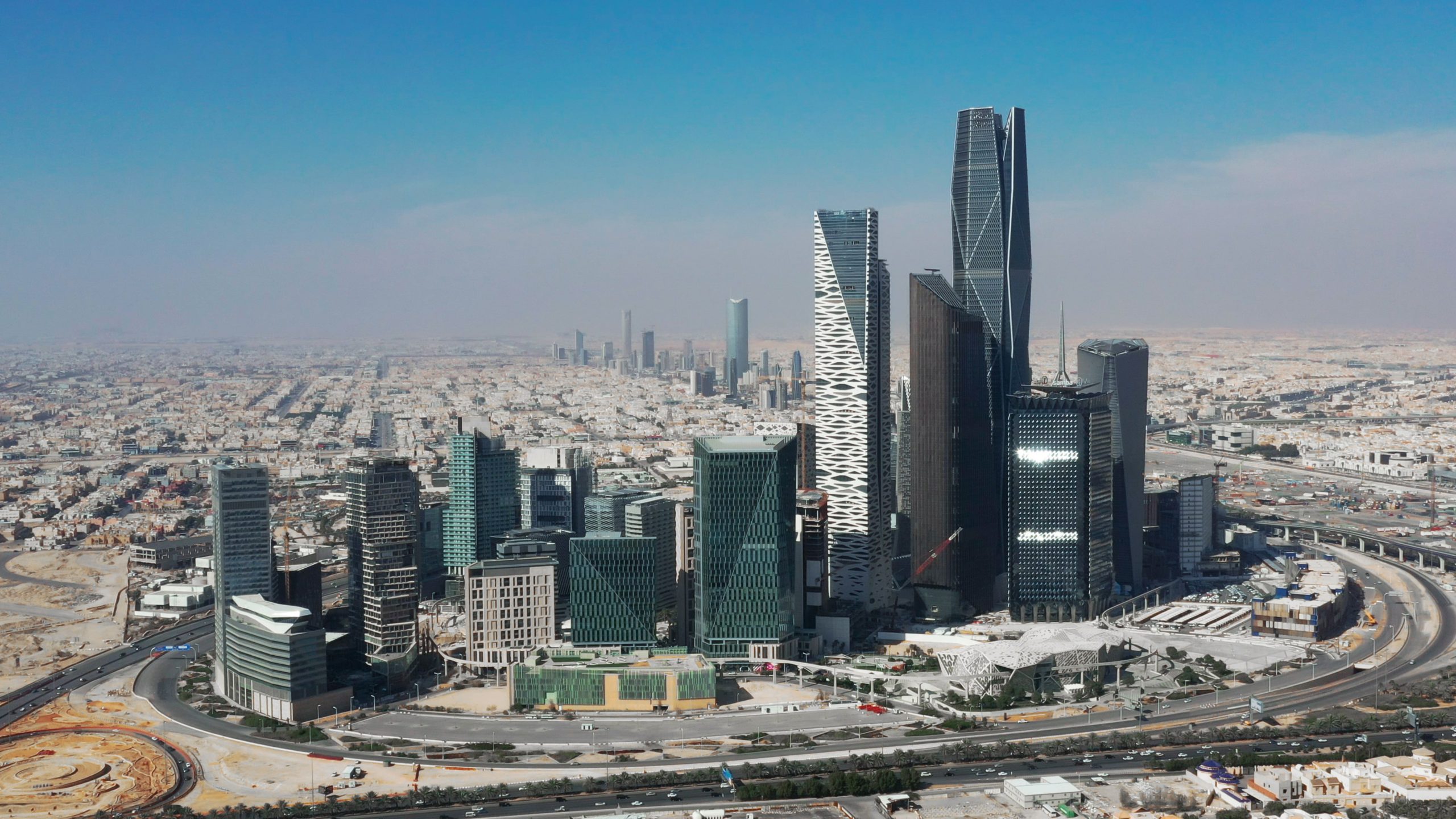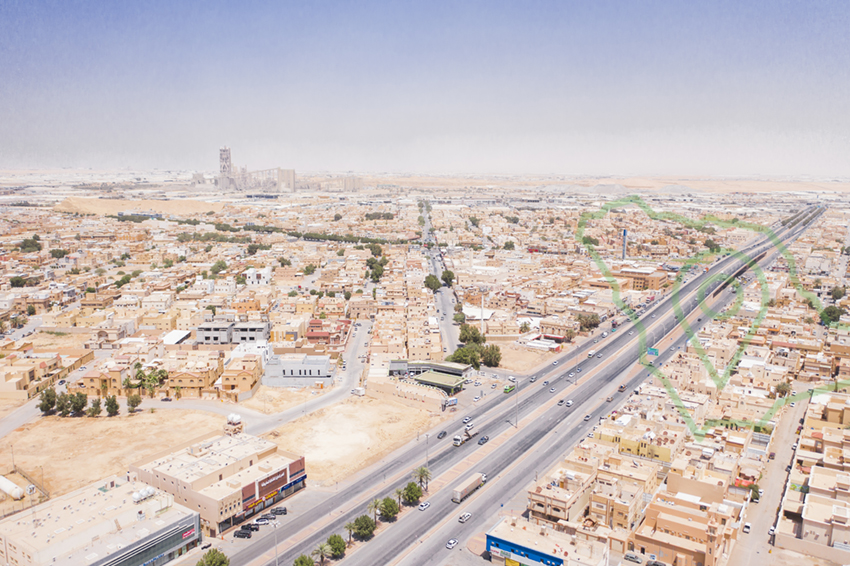Smart Cities: How They Reduce Global Warming
Smart Cities and Climate Change: How Technology is Saving the Planet
Smart cities have emerged as an innovative solution to building a more efficient and sustainable urban future.
But what do we mean by smart cities? What are the factors that define them, and can they truly improve quality of life while reducing emissions?
In this article, we dive into the concept of smart cities and explore how they have evolved from an idea into a tangible reality adopted by many countries, especially Saudi Arabia, as part of its national vision for sustainable digital transformation.
Greenhouse Gases
Greenhouse gases are gases in the Earth’s atmosphere that can absorb infrared radiation emitted by the Earth, trapping heat and increasing air temperature. Without these gases, the Earth’s average surface temperature would be around -18°C instead of the current average of 15°C.
Experts warn that if the Earth’s temperature rises by 1.5°C above pre-industrial levels, many of the changes on the planet will become irreversible, pushing humanity towards a climate disaster due to the increase in greenhouse gas emissions.
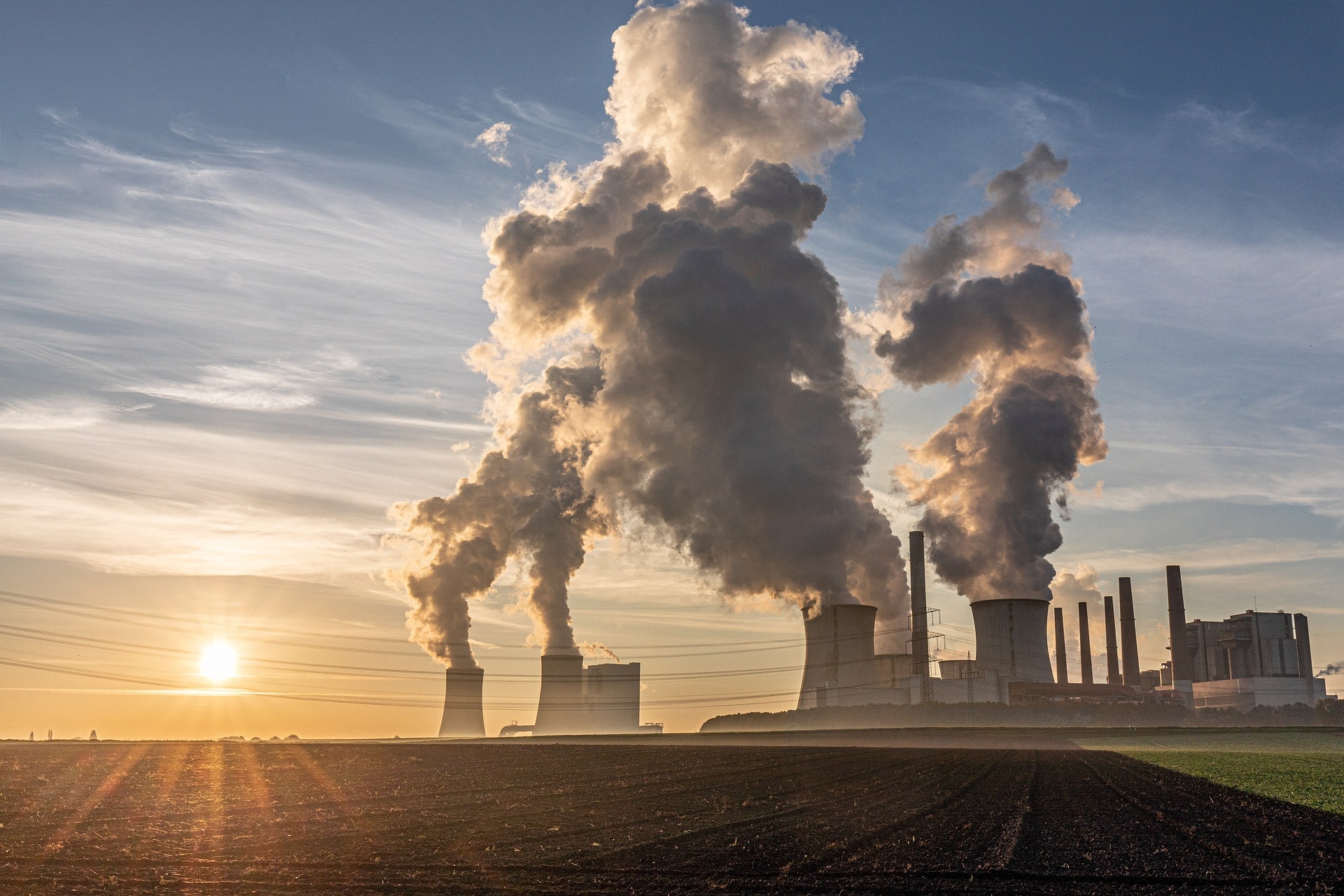

The Role of Contemporary Architecture
How does contemporary architecture relate to climate change, and can it effectively reduce greenhouse gas emissions while increasing renewable energy production?
Many studies have examined the causes of global warming and the need for collective human action to address it.
Architecture is one of the areas extensively studied, as building design impacts emission rates, which can be reduced through simple techniques with long-term economic benefits by relying on renewable energy generation.
This is where the concept of sustainable architecture comes in, focusing on preserving resources efficiently over the long term, protecting the rights of future generations to non-renewable resources, and reducing building emissions, which are among the highest contributors to environmental issues.
Green Architecture
Green architecture helps protect the environment by integrating buildings with their surrounding ecosystem, reducing the negative impact of concrete structures through the strategic use of vegetation to restore biological balance. While climate remains the dominant factor, the roles of wildlife, plant life, and soil are also significant in maintaining ecosystem health.
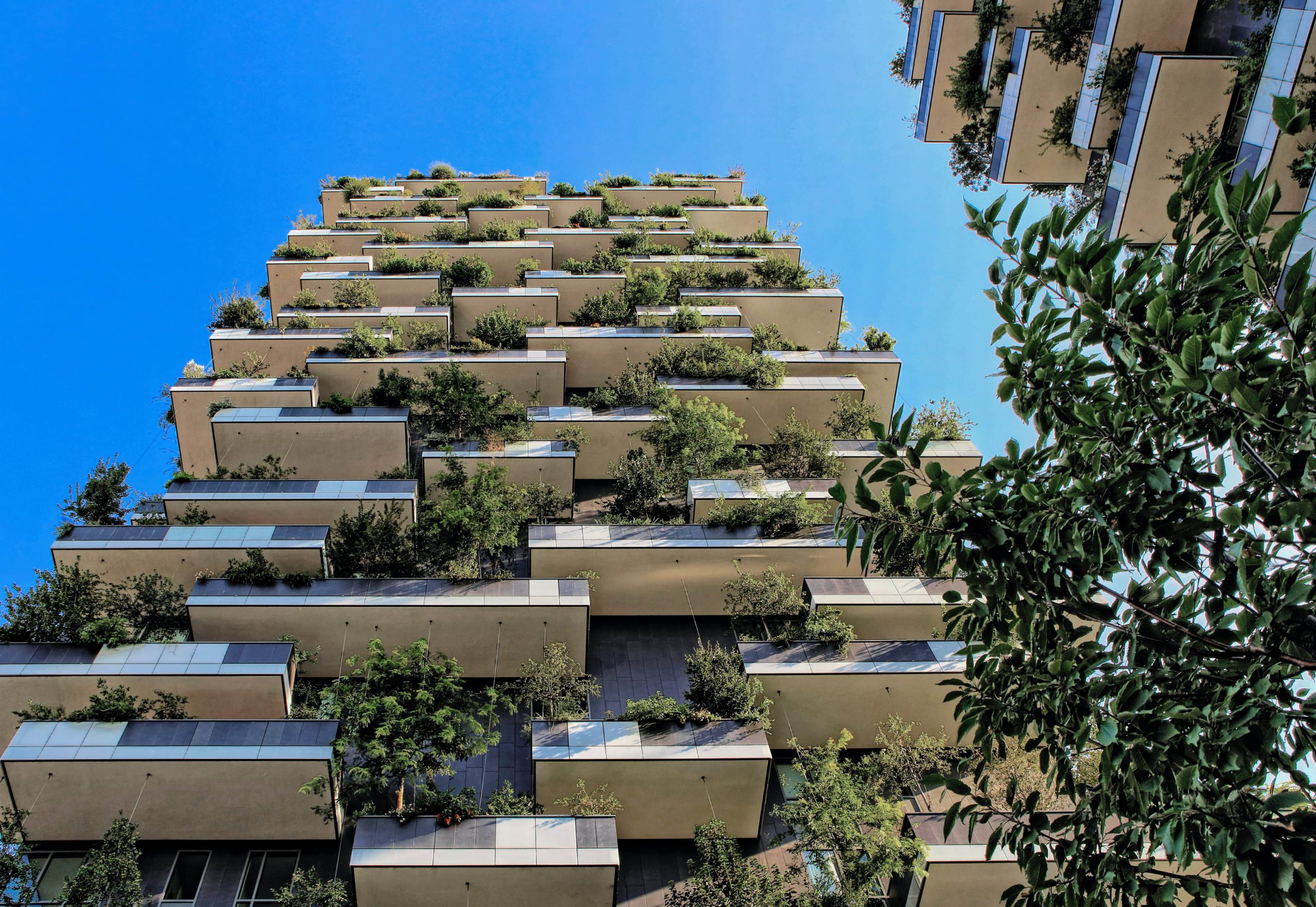

Environmentally Friendly Architecture
Attention has increasingly shifted toward environmentally friendly architecture due to ongoing economic crises, fluctuating oil prices, and the depletion of non-renewable energy resources.
The focus now is on creating environmentally friendly buildings by utilizing available energy sources to reduce consumption, ensuring a sustainable future. This concept has given rise to bio-climatic skyscrapers, designed using renewable energy technologies that integrate local climate data, resulting in high-rise structures that are energy-efficient and environmentally responsive.
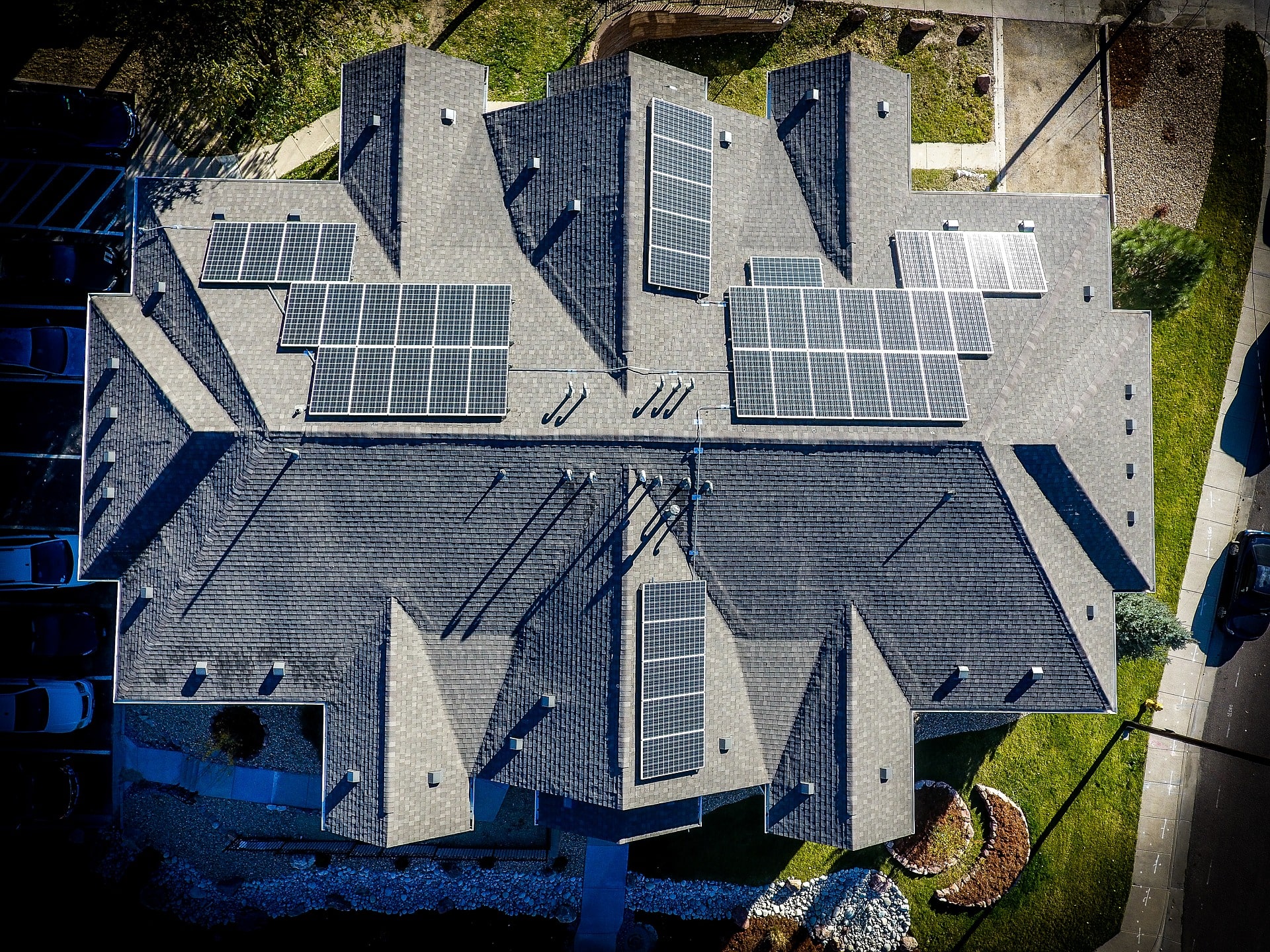

Dynamic Architecture
Dynamic architecture is a branch of green and sustainable architecture, featuring buildings that generate their own energy using thermal energy produced by the structure itself. Many industrialized countries are setting minimum sustainability standards for existing buildings, while all new constructions adhere to standards related to thermal insulation and water reuse, contributing to sustainable urban environments.


Smart Cities
The concept of smart cities was developed to assess and enhance energy and water efficiency, using objective performance standards to evaluate all types of buildings, including commercial, residential, industrial, sports, healthcare, hospitality, and educational facilities that apply sustainability standards.
Over the years, the idea of smart cities has driven governments to adopt the latest technologies promised by companies to eliminate urban challenges and increase efficiency.
Policymakers are leveraging application-based solutions and the Internet of Things (IoT), using sensors to collect vast amounts of data, enabling informed decision-making and enhanced adaptability in urban management.
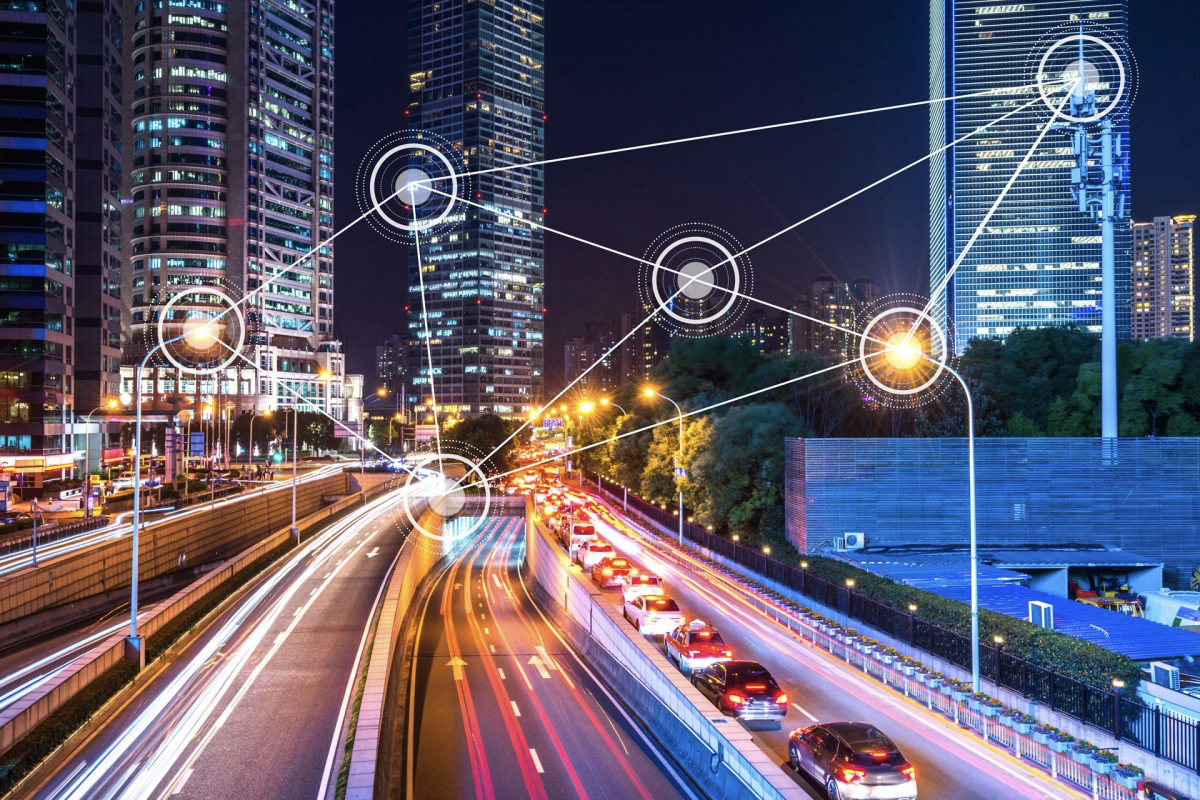

[/caption>
Smart Cities in Saudi Arabia: Pioneering Knowledge and Innovation
Population growth, urban expansion, and technological advancement have driven Saudi Arabia to pursue the creation of smart cities, aligning with Vision 2030, which aims to transform Saudi cities into smart cities. Recently, the Ministry of Municipal and Rural Affairs and Housing announced the selection of five Saudi cities—Mecca, Medina, Riyadh, Jeddah, and Dammam—to begin their transformation into smart cities.
In January 2021, Saudi Crown Prince Mohammed bin Salman launched The Line, part of the $500 billion NEOM project, a network of smart cities designed with no cars or roads, built to organize highly connected future communities.
The project offers ultra-fast transportation, autonomous vehicles, and urban planning that ensures essential services like schools and clinics are within a five-minute walk for residents.
[caption id="attachment_4651" align="aligncenter" width="2670"]
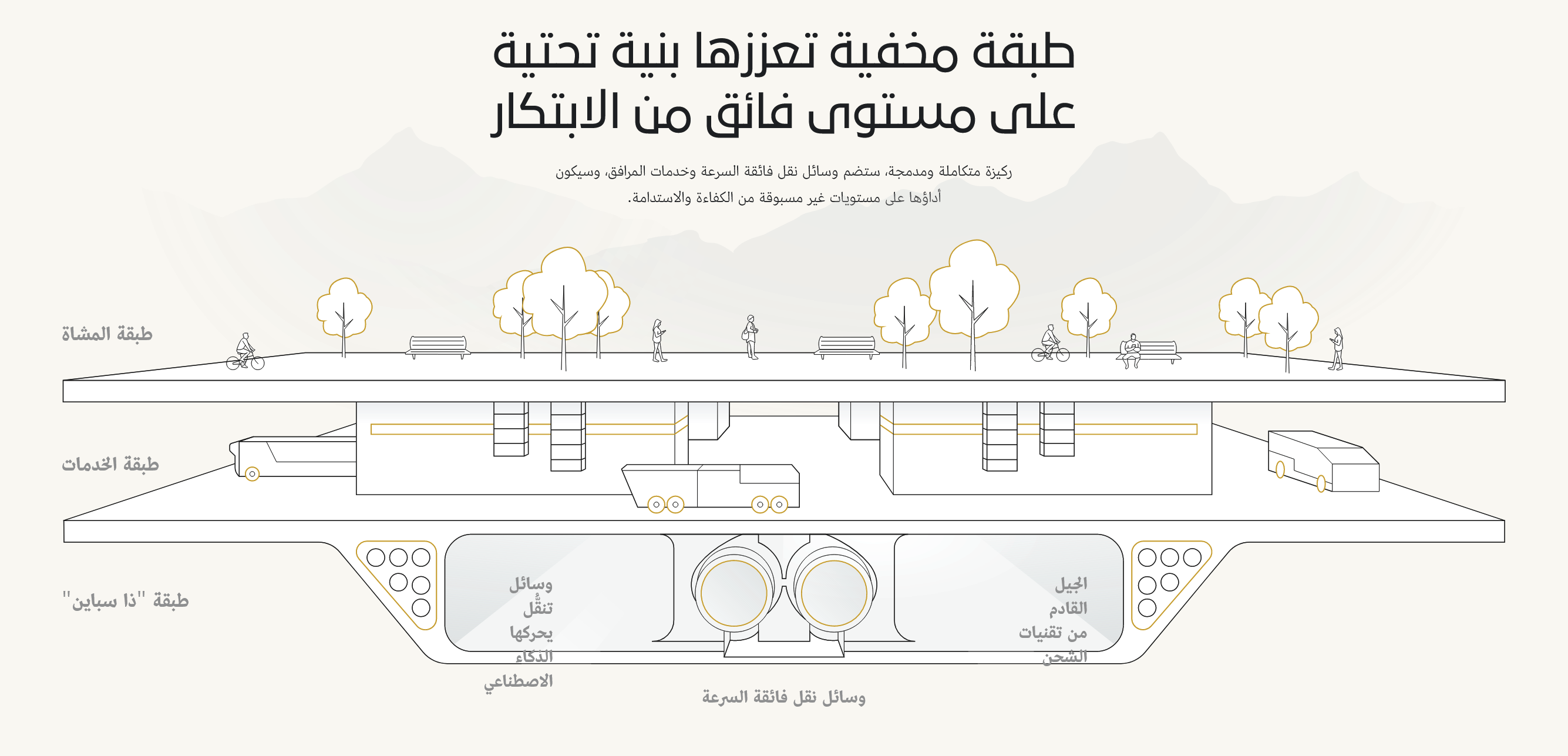

Expected to house one million residents along a 170-kilometer stretch on the Red Sea coast, The Line will operate on 100% clean energy, representing one of the world’s most complex and challenging infrastructure projects. Construction was set to begin in late 2021, aiming to create 380,000 jobs and contribute SAR 180 billion ($48 billion) to the GDP by 2030.
These advancements highlight how smart cities help reduce greenhouse gas emissions contributing to global warming by using integrated ICT systems to support economic, social, and environmental goals while improving the quality of life for residents.
✅ Frequently Asked Questions
What are smart cities?
Smart cities are urban areas that utilize advanced technologies to collect and analyze data, aiming to improve quality of life, reduce environmental costs, and enhance the efficiency of services like transportation, energy, and water.
What factors define smart cities?
Key factors include digital infrastructure, high-speed internet connectivity, renewable energy use, big data analytics, and smart governance.
What is the difference between traditional cities and smart cities?
Smart cities rely on innovation and modern technologies to deliver efficient services, while traditional cities operate with outdated systems lacking digital enhancements and immediate responsiveness to resident needs.
What are the features of smart cities in Saudi Arabia?
Notable smart cities in Saudi Arabia include Riyadh, Jeddah, Dammam, and The Line in NEOM, which focuses on clean energy, autonomous transportation, and intelligent urban planning.
What are the key elements of successful smart cities?
Integrated urban planning, smart monitoring systems, unified service platforms, data sharing, and promoting a culture of sustainability among residents are crucial for successful smart cities.
Conclusion
Smart cities in Saudi Arabia are a strategic step toward achieving a digital economy and smarter urban communities. Projects like The Line and NEOM demonstrate Saudi Arabia’s commitment to implementing smart city standards, integrating technology into infrastructure and public services. Understanding the concept of smart cities and why they are essential today emphasizes the importance of investing in developing smart city elements such as data, IoT, and clean energy. Building a smart city requires not only digital infrastructure but also a clear vision and collaboration between the public and private sectors to ensure a prosperous and secure urban future.
🔗 To follow the latest articles, visit Aqaar Blog:
http://52.211.243.135/blog



